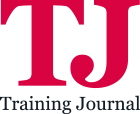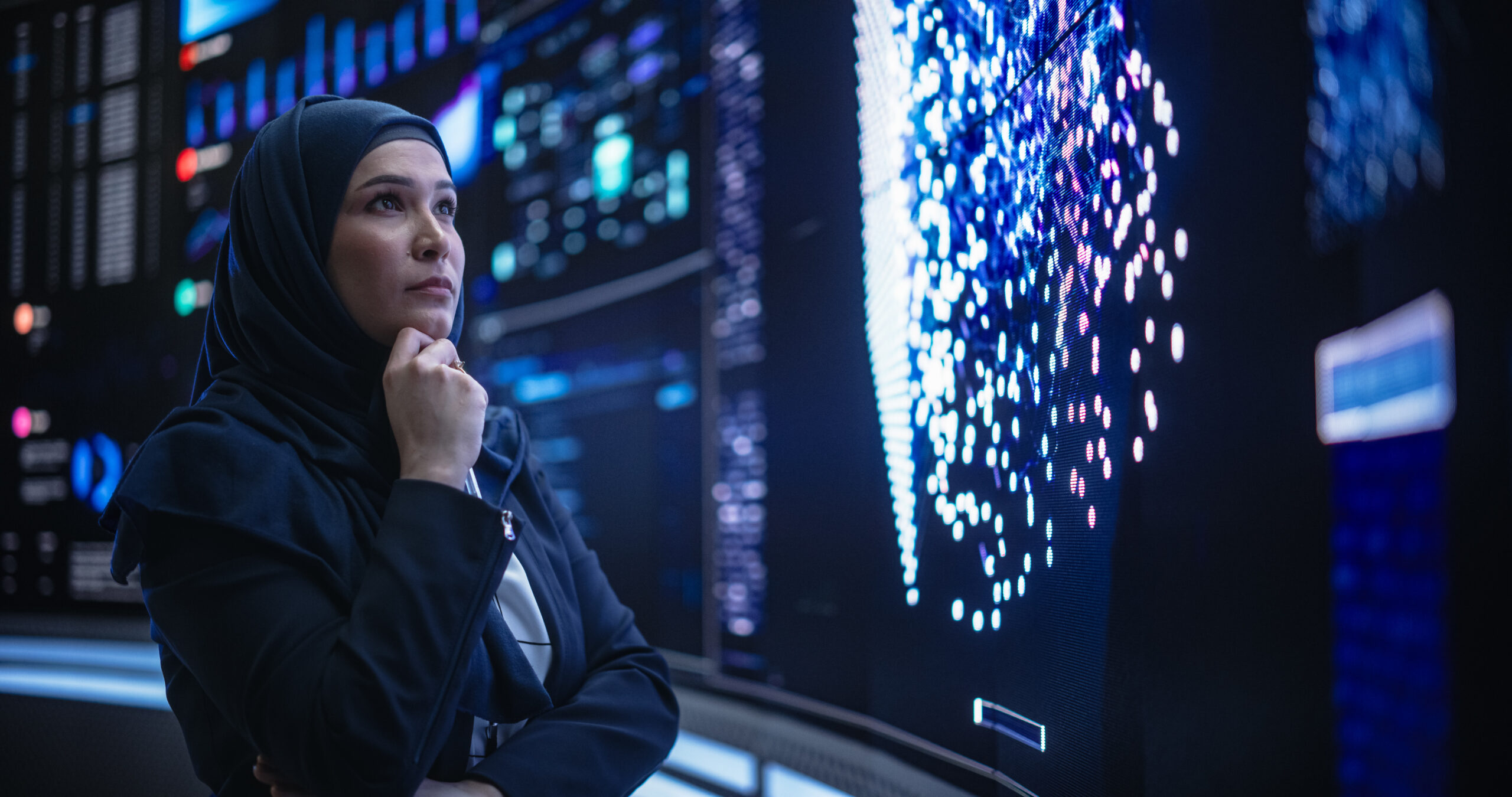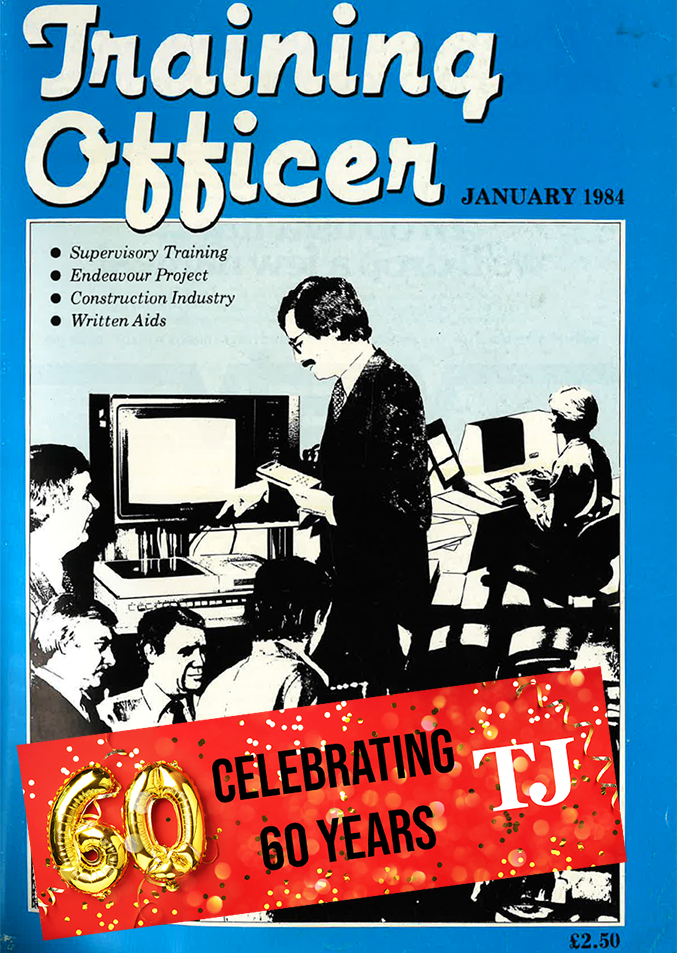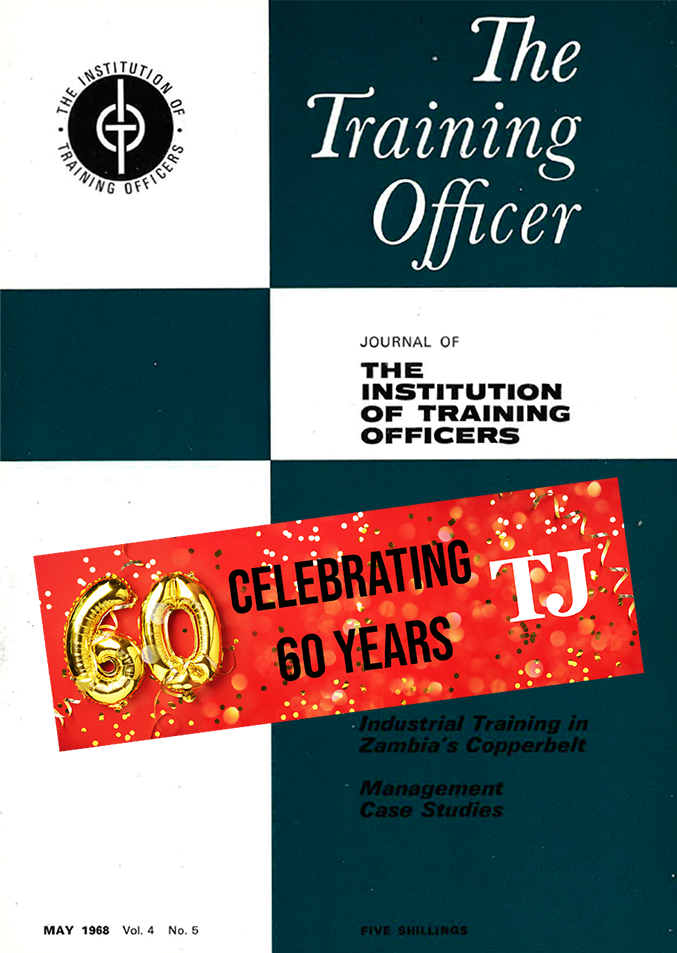Simon Blockley explores how AI can support workforce transformation when paired with strong leadership and investment in people. As skills gaps widen and business needs evolve, organisations must go beyond technical fixes. The future lies in smarter alignment of talent, technology and values, building agile, high-performing teams for the future.
In a climate defined by rapid change, rising costs, and shifting workforce expectations, business leaders are under increasing pressure to address critical skills shortages. As demand for specialist contractor capabilities grows, so too does the need for trust, adaptability and collaboration. Artificial intelligence (AI) is emerging as a key factor in how organisations respond to this challenge.
Cybersecurity and AI are seen as the most critical capabilities for success today and in the future
While AI remains in the early stages of adoption for many companies, it is prompting important questions. Can it support innovation and close skills gaps, or does it risk deepening them? Answers depend on how it is applied. Used effectively, AI can help build future-ready teams that blend technical proficiency with the human strengths needed for long-term resilience.
Understanding the current skills landscape
Across the workforce, technical skills remain a top priority. Recent research from Guidant Global, in partnership with Raconteur, shows that cybersecurity (54%) and AI (53%) are seen as the most critical capabilities for success today and in the future. These are areas where businesses are focusing significant investment.
However, our experience also shows that technical expertise alone is not enough. Interpersonal skills such as communication, adaptability, and critical thinking are just as vital. They play a central role in how teams collaborate, innovate and respond to change. For many organisations the core challenge lies in finding the right balance. A team with strong technical knowledge but weak collaboration is unlikely to deliver long-term value. Both skill types must be considered essential for successful outcomes.
How AI supports smarter skills alignment
This is where AI can add meaningful value. Modern AI tools go far beyond simple keyword matching. Rather than relying on static job descriptions or CVs alone, AI-powered platforms can assess and align both technical and interpersonal capabilities with the actual needs of the business.
In workforce management, vendor management systems and other AI-enabled tools are helping to optimise the way companies engage talent. These platforms enhance human-led sourcing by providing data-driven insights that support faster, more informed decisions. This allows businesses to build teams that are not only capable but also cohesive and aligned with company values and culture.
By mapping existing skills against business objectives, AI enables recruitment strategies that focus on long-term team performance. This is not just about filling vacancies. It is about creating workforces that are ready to innovate and grow.
A practical example of AI in action
One of our global clients recently applied AI tools to address a clear gap in digital capabilities across their product teams. Through AI-enabled skills mapping, they were able to identify specific areas where upskilling was required and launch a targeted learning and development programme. The process involved structured reskilling in cloud infrastructure and project delivery, supported by automated learning recommendations.
As a result, the organisation saw a marked improvement in project speed and cross-functional collaboration. Time-to-productivity decreased, and team cohesion improved, creating a stronger foundation for continuing innovation.
Evolving workforce strategies
As AI capabilities mature, workforce strategies are also evolving. Around 90% of organisations are now prioritising reskilling and upskilling initiatives. A further 86% are creating entirely new roles to meet emerging needs. For larger companies, automation is a key consideration, with 82% identifying it as a pressing challenge.
This trend reflects a shift away from traditional job models. Employers are rethinking how roles are defined, how teams are structured, and how talent is deployed. AI plays a role in all these areas, offering tools to support workforce planning, identify automation opportunities, and improve resource allocation.
Crucially, this evolution is not about replacing people with technology. It is about using technology to enable more human-centred ways of working. AI can help identify where talent can be redeployed, which skills need investment, and how to build teams that are agile and future-fit.
The limits of AI and the role of leadership
While AI can enhance workforce planning, there are limits to what it can achieve on its own. Business leaders consistently identify collaboration (61%) and an innovation mindset (48%) as critical for maintaining competitiveness. These qualities require active leadership, not automation.
Trust, values and adaptability must be driven from the top. AI can support those goals, but it cannot replace the leadership required to embed them in culture. When businesses combine human insight with the right technology, they are better positioned to build teams that are resilient, responsive, efficient and aligned to long-term goals.
Making AI work for your workforce
So, does AI help or hinder how we innovate? Used effectively it helps unlock human potential, frees us from the manual, the repetitive and the mundane, and allows hidden capabilities and innovative thinking to surface.
To truly future proof the workforce, businesses must invest equally in their people and their platforms
When used responsibly, AI can support smarter workforce decisions and enable faster adaptation. But technology alone is not the solution. To truly future proof the workforce, businesses must invest equally in their people and their platforms. That means pairing the right digital tools with strong leadership, clearly defined values, and a culture that supports continuous development.
With the right strategy, AI becomes more than a tool. It becomes a catalyst, empowering people, enabling progress, and helping organisations build teams ready for whatever comes next.
Simon Blockley is CEO for Guidant Global and CEO, UK and Europe for Impellam Group




